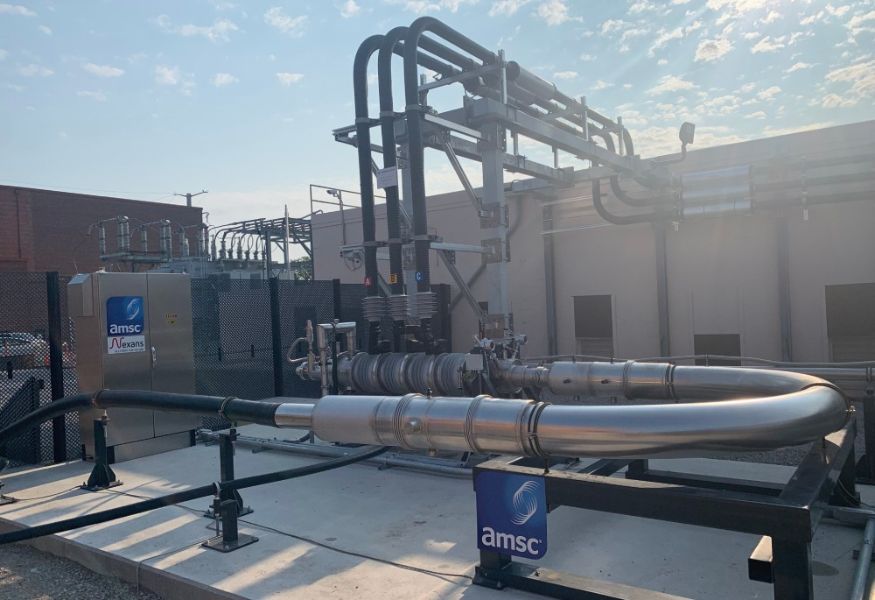- Markets
- Products
- Services
- Newsroom
- People & Careers
- About Nexans
- Tools & Resources
- Search
- Contact us
- Compare
- Sign in
Protecting Chicago's power grid

-
LOCATIONUSA
-
PARTNERSHIPAmerican Superconductor (AMSC)
-
MARKETSuperconductivity
Boosting the resilience of power grids
AMSC and ComEd, one of the largest electric utilities in the U.S., entered into a commercial contract as part of the ongoing U.S. Department of Homeland Security (DHS) Science and Technology Directorate’s initiative to secure the United States’ electric grid against extreme weather and other catastrophic events. The high current density of the REG cable is a key advantage for ComEd, as it enables a very compact installation footprint that is ideally suited for creating new power links in densely populated urban areas where space is at a premium.
Boosting the resilience of power grids is a priority for both policymakers and electricity utilities – particularly in the United States, where energy security is an increasing focus of federal government policy. The Resilient Electric Grid (REG) project in the city of Chicago is part of an initiative by the US Department of Homeland Security (DHS) Science and Technology Directorate to secure America’s electricity grid against extreme weather and other catastrophic events.
Voltage
Current
Power
Connected to grid

Nexans solution: a high temperature superconducting cable surpassing the capabilities of conventional resistive conductors
The Chicago REG project, which went live in 2022, involved the deployment of a new superconducting cable system to link nearby substations. Nexans designed, manufactured and installed a superconducting cable, which uses high temperature superconducting (HTS) wire made by American Superconductor (AMSC). The cable can operate at 12 kV, has an AC current of 3000 A, and can carry up to 62 MVA of power. far exceeding what is possible with conventional resistive conductors such as copper and aluminum.
The cable’s high current capacity is ideally suited for densely populated and congested urban areas thanks to its compact footprint. The REG system also has a low environmental impact as there is no local heating or magnetic fields.
The HTS cable and the connection for the REG system were manufactured at Nexans’ specialized superconductor facility in Hanover, Germany. The two terminations were designed at Nexans’ Calais plant. AMSC is managing the project and has provided the liquid nitrogen refrigeration system, in addition to the Amperium HTS wire.
Our websites
Select your country to find our products and solutions
-
Africa
- Africa
- Ghana
- Ivory Coast
- Morocco
- North West Africa
- Americas
- Asia
- Europe
- Oceania



